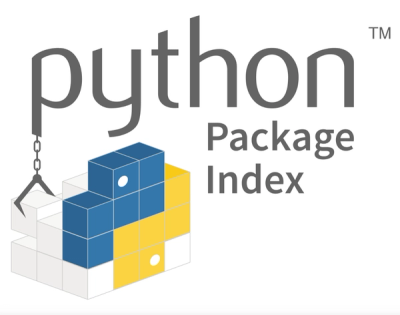🍞 DEMO
🍀 Supported Official Plugin
🤟🏻 Getting Started
Install via npm (or yarn)
npm install --save react-editor-js @editorjs/editorjs @editorjs/paragraph ...other plugins
import { createReactEditorJS } from 'react-editor-js'
const ReactEditorJS = createReactEditorJS()
<ReactEditorJS defaultValue={blocks} />
📙 API
Allow all options of editor-js
| Name | Type | Description |
|---|
| defaultValue | OutputData | Initial data when using editor js as uncontrolled component. highly recommend it |
| value | OutputData | data when using editor js as controlled component.
⚠️ Don't use it with onChange prop. Infinite loops can occur. |
| onInitialize | (editorCore?: EditorCore) => void | Call after editor-js is initialized |
🧐 FAQ
How can I install plugins?
There is an only Paragraph block already included in Editor.js. Probably you want to use several Block Tools that should be installed and connected.
To add more Block Tools, simply add them to your repo and pass them as tools-property to your editor:
npm install --save-dev @editorjs/checklist
import { createReactEditorJS } from 'react-editor-js'
import CheckList from '@editorjs/checklist'
const ReactEditorJS = createReactEditorJS()
<ReactEditorJS defaultValue={blocks} tools={{ checkList: CheckList }} />
We recommend to create a tools.js file and export your tools as a constant. Here is an example using all of the default plugins:
import Embed from '@editorjs/embed'
import Table from '@editorjs/table'
import Paragraph from '@editorjs/paragraph'
import List from '@editorjs/list'
import Warning from '@editorjs/warning'
import Code from '@editorjs/code'
import LinkTool from '@editorjs/link'
import Image from '@editorjs/image'
import Raw from '@editorjs/raw'
import Header from '@editorjs/header'
import Quote from '@editorjs/quote'
import Marker from '@editorjs/marker'
import CheckList from '@editorjs/checklist'
import Delimiter from '@editorjs/delimiter'
import InlineCode from '@editorjs/inline-code'
import SimpleImage from '@editorjs/simple-image'
export const EDITOR_JS_TOOLS = {
embed: Embed,
table: Table,
list: List,
warning: Warning,
code: Code,
linkTool: LinkTool,
image: Image,
raw: Raw,
header: Header,
quote: Quote,
marker: Marker,
checklist: CheckList,
delimiter: Delimiter,
inlineCode: InlineCode,
simpleImage: SimpleImage,
}
import { createReactEditorJS } from 'react-editor-js'
import { EDITOR_JS_TOOLS } from './tools'
const ReactEditorJS = createReactEditorJS()
<ReactEditorJS defaultValue={blocks} tools={EDITOR_JS_TOOLS} />
You can read more about plugins/tools at editor-js: Tools installation
How do I use custom element?
It's simpleeeee
<ReactEditorJS holder="custom">
<div id="custom" />
</ReactEditorJS>
How to access editor-js instance?
The editor-js instance is inaccessible. However, you can access the abstracted editor-js for isomorphic react-editor-js.
interface EditorCore {
destroy(): Promise<void>
clear(): Promise<void>
save(): Promise<OutputData>
render(data: OutputData): Promise<void>
}
const editorCore = React.useRef(null)
const handleInitialize = React.useCallback((instance) => {
editorCore.current = instance
}, [])
const handleSave = React.useCallback(async () => {
const savedData = await editorCore.current.save();
}, [])
<ReactEditorJS onInitialize={handleInitialize} defaultValue={blocks} />
If you want to access low-level instance, you can use dangerouslyLowLevelInstance
⚠️ dangerouslyLowLevelInstance depends on the execution environment.
| Environment | Instnace Type |
|---|
| Browser | EditorJS instance |
| NodeJS | null |
const editorCore = React.useRef(null)
const handleInitialize = React.useCallback((instance) => {
editorCore.current = instance
}, [])
const handleSave = React.useCallback(async () => {
const savedData = await editorCore.current.dangerouslyLowLevelInstance?.save();
}, [])
<ReactEditorJS onInitialize={handleInitialize} defaultValue={blocks} />
Haven't received data from server (when use Link)
You should set linkTool config. 💪🏻
import LinkTool from '@editorjs/link'
<ReactEditorJS
defaultValue={blocks}
tools={{
linkTool: {
class: LinkTool,
config: {
endpoint: 'http://localhost:8008/fetchUrl',
}
}
}}
/>






